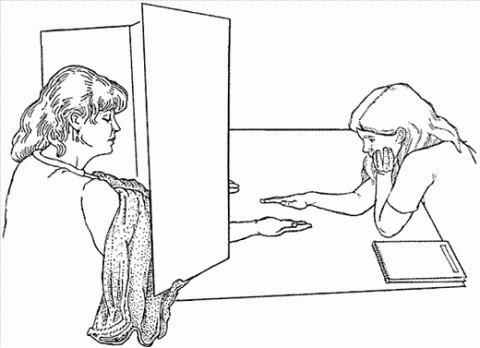Migraine or Sinus Headache?
Headache pain along with a stuffy, runny nose and itchy, watery eyes. Sounds like a sinus headache, right? Think again.
More than 4 out of 5 people who think they have a sinus headache actually have a migraine.
“It’s such a widespread misconception,” says Peter Goadsby, MD, who heads the University of California, San Francisco’s headache program. “It’s the size of the problem that stuns me.”
Here’s why it matters: Treating a migraine like a sinus headache, or vice versa, doesn’t work.
Differences in Symptoms, Causes
Sinus headaches and migraines can have some symptoms in common, including:
- Pain in the head, particularly the forehead
- Itchy or watery eyes
- Pain when you move
But migraines often happen with other symptoms, including:
A migraine is usually to blame in people who have severe headaches that happen often, says neurology professor Stephen Silberstein, MD, of Thomas Jefferson University. He wrote the American Academy of Neurology’s guidelines on migraine diagnosis and treatment.
“If you walk into your doctor’s office with disabling headache pain that comes and goes, 95% of the time it’s migraine,” Silberstein says. “People with sinus infections don’t complain of headache first. They say they are sick and have a headache.”
Sinus headaches are usually caused by an infection and inflammation of the nasal passages. That leads to congestion. And that causes pain and pressure in the forehead and behind the cheekbones.
Different Treatments
For sinus headaches, treatment starts with decongestants, pain relievers, and nasal irrigation to ease sinus pressure and congestion, and to help drainage.
Antibiotics or nasal steroids are often a second line of attack to treat the underlying infection.
A sinus headache caused by an infection should go away soon after you start treatment.
Migraine treatment isn’t just about stopping a migraine once it starts. It’s also about preventing them and reducing how often you get them, how long they last, and how severe they are.
People can take drugs called triptans during a migraine attack to ease pain and get back to their daily activities.



